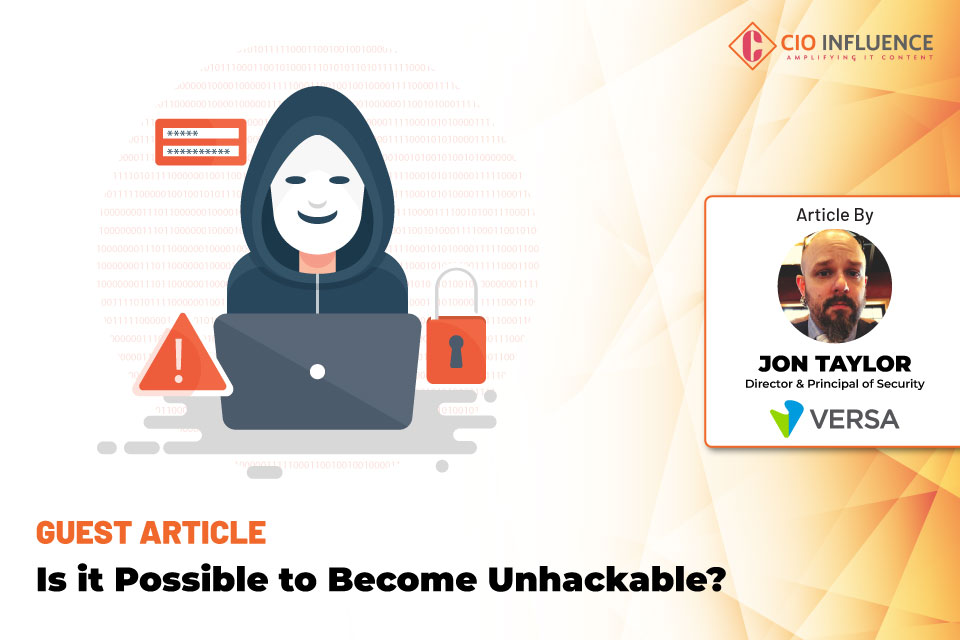The holy grail in the IT security arena is to become truly unhackable. Aside from cutting all connections to the outside world, the concept isn’t feasible because there really is no way to become totally hack free. But organizations can adopt several approaches to help prevent some of today’s most common and damaging hacks:
1. Pay attention to the details
It’s important to know where data and applications live so they can be protected. With organizations moving data beyond the traditional security of the perimeter firewall to the cloud, the hackable attack surface greatly increases. Organizations that are putting their data into SaaS apps and building their infrastructures in AWS, Azure, and Google Cloud need to research and develop a security architecture that not only protects the data that is residing in the cloud, but also secure the connectivity to the cloud from end users.
Also Read: A Comprehensive Guide to DDoS Protection Strategies for Modern Enterprises
2. Implement Zero Trust Network Access (ZTNA)
With a much larger hybrid workforce these days, employees are not all sitting behind the perimeter firewall like they were in the past. And when employees do come into the office, they’re bringing personal devices with them, including items such as Amazon Alexas, Sonos speakers, Google devices, and more. This creates a huge risk because if these devices are accidentally triggered, they can listen in to private conversations. We have seen how people can hack these devices to exfiltrate data. Organizations must use strategies such as ZTNA micro segmentation to logically and physically segment these devices on the network so that if these devices are compromised, they cannot be used as a point of entry into the network.
3. Protect every edge and endpoint
Today’s hybrid workforce involves moving the endpoint to the edge and beyond, creating a tremendous hackable opportunity for threat actors. Organizations now must extend protections to these various endpoints, versus mandating them to remain behind perimeter-based systems of the past. And hybrid workers, once they come into an office, are often forgotten about because when they are behind that traditional security model again they are treated as a trusted employee with a trusted device, and with implicit access to the network. But if they have malware or even ransomware on their device and adaptive access control through ZTNA is not in place, this could result in an incident or a breech that becomes detrimental to the organization.
4. Utilize Secure Access Service Edge (SASE)
The SASE model integrates several different security features such as Secure Web Gateway (SWG), ZTNA, Next Generation Firewall (NGFW), Cloud Access Security Broker (CASB), Data Loss Prevention (DLP); and network management functions, such as SD-WAN, into a single offering delivered via the cloud. Cloud-based delivery enables organizations to easily roll out SASE services and consistent policies to their entire network infrastructure, including thousands of remote workers scattered across various locations, or multiple branch offices to protect private data and users. These tightly integrated networking and security services help move organizations to a position of being less hackable than before.
Also Read: Protecting APIs at the Edge
The Case for a Universal SASE Platform
Cyberattacks are now broader and deeper, and they have become more sophisticated with new tools such as AI/ML and automation. With the hybrid workforce model and migration of where applications and data live, it becomes harder to essentially build infrastructure and maintain that infrastructure while aggregating logs to find a threat. Before, this was easy since it used to take multiple bad actors to execute a single attack on a victim or organization, but now one bad actor can conduct 10,000 different types of attacks and go mass scale by building servers, instances, and infrastructures across the globe, and issuing scripts and using automation tools to spread their attacks over multiple victims.
SASE brings a unified approach for organizations to consider on their journey to become less hackable, but it doesn’t go far enough. The most advanced solutions provide the greatest benefits by natively embedding security and visibility into the global fabric through a universal SASE platform: a software-defined network to optimize latency, scalability, and performance in ways only possible when built from the ground up as a single offering. A well-architected universal SASE solution consists of a single policy engine; integration capabilities with other third-party security services and systems such as XDR, IAM, SIEM, and SOAR; an API that allows automation platforms to take action when needed; and a common data lake – all part of a single operating system.
While being unhackable is virtually impossible, adopting preventative approaches is very doable. Approaches such as universal SASE go much further in reducing organizational risk and, subsequently, chances of being successfully hacked.
[To share your insights with us as part of editorial or sponsored content, please write to psen@itechseries.com]


